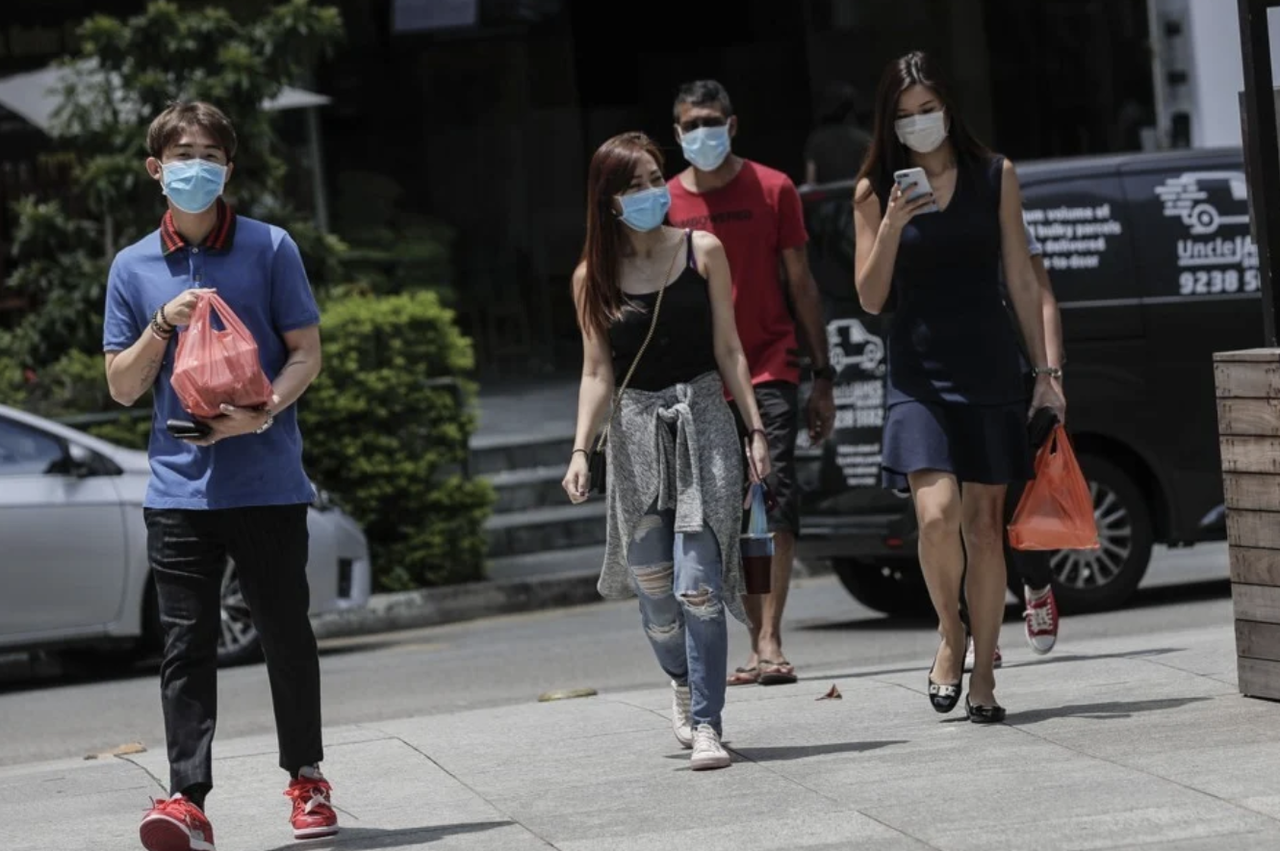New Study Exposes More Evidence That Summer Won’t Stop The Coronavirus
One of the public’s last great hopes as the number of confirmed coronavirus cases nears the 2 million mark is that the onset of summer in the northern hemisphere will help defeat the virus as warmer temperatures make life for the virus more hostile, hampering the virus’s ability to spread.
However, it’s looking increasingly likely that the novel coronavirus is stronger than its predecessor, SARS, when it comes to resisting intense heat. One recent study of additional steps that could be taken to protect lab technicians handling samples of the virus found that samples of the virus can survive when exposed to temperatures as high as 60 degrees Celsius (140 degrees Fahrenheit).
That would seem to preclude the onset of summer as a potential ‘miracle cure’, while also suggesting that the outbreaks in Africa and South America might be worse than they appear, since the theories that high temperatures slow the virus’s spread don’t appear nearly as convincing.
According to SCMP, the French scientists who conducted the experiment had to heat samples of the sample, strains of the virus mixed with various animal proteins (to mimic real-world conditions in the test tube), to nearly 90 degrees Celsius (210 degrees Fahrenheit) to completely kill the virus.
Professor Remi Charrel and colleagues at the Aix-Marseille University in southern France heated the virus that causes Covid-19 to 60 degrees Celsius (140 Fahrenheit) for an hour and found that some strains were still able to replicate.
The scientists had to bring the temperature to almost boiling point to kill the virus completely, according to their non-peer-reviewed paper released on bioRxiv.org on Saturday. The results have implications for the safety of lab technicians working with the virus.
The team in France infected African green monkey kidney cells, a standard host material for viral activity tests, with a strain isolated from a patient in Berlin, Germany. The cells were loaded into tubes representing two different types of environments, one “clean” and the other “dirty” with animal proteins to simulate biological contamination in real-life samples, such as an oral swab.
After the heating, the viral strains in the clean environment were thoroughly deactivated. Some strains in the dirty samples, however, survived.
The French researchers found that using the higher temperature could help solve the problem, heating the samples to 92 degrees Celsius (~210 degrees Fahrenheit) for 15 minutes could render the virus completely inactive. However, using these high temperatures as part of disinfection protocols for lab technicians could severely fragment the virus’ RNA, potentially scrambling the results of more sensitive tests.
It’s just the latest curve ball that the coronavirus has thrown at researchers since the outbreak began in Wuhan.
Tyler Durden
Tue, 04/14/2020 – 19:45
